
Clover
This baby unicorn with serious backing and a hardcore mission (literally fixing the American healthcare system by disrupting Medicare) was expanding quickly and feeling some growing pains. The lean, young, super-zealous team on the inside was facing lofty goals and looming deadlines that left little room for error. They knew well what wasn’t working—what wasn’t moving the needle during open enrolment, etc.—but they couldn’t quite put their finger on why. They knew that to achieve the enrollment numbers they wanted, they were going to need a deeper, more directional understanding of their customers (both on the member side and on the provider side). So, after calling us in and getting us quickly up-to-speed on their business, they sent us out into the real world (AKA Texas, New Jersey, and Georgia) to have a bunch of deep conversations with some of the most amazing people we’ve ever had the pleasure of meeting. Bringing their voices and stories into the organization ignited a wildfire of new, inventive thinking. Pretty soon, everyone from Marketing to Product to Support were working in concert to reimagine how Clover could show up and create the sort of experiences that would resonate with the 65+ fixed income set.
Not bad for a bunch of whippersnappers…

The Problem
—
Guys, we’re so awesome. Why aren’t our members over the frigging moon?
Clover is a quickly growing healthcare startup based in San Francisco that operates in several metro areas across the U.S.. They’re essentially a Medicare insurance company catering to the over-65 set. But unlike a traditional insurance company, they are tech-driven, using big-data and innovative operations to keep members healthier and doctors more informed. As a relatively small startup competing against some of the biggest, wealthiest, and most entrenched companies in the country, their challenges could not be overstated.
Every market they operate in has a different healthcare landscape—some have lots of small, independent medical practices, others are dominated by one or two health systems. Their offering must cater to a diverse socio-economic mix of members with wildly different needs, not to mention the doctors and hospitals that care for them. As a young company, their brand didn’t have the maturity or breadth it needed to support the wide range of advertising needed to reach potential customers. Add to all this, the regulatory landscape. Every single piece of marketing they create needs to be approved by the government while following unbelievably detailed restrictions about when, what, and where they can advertise.
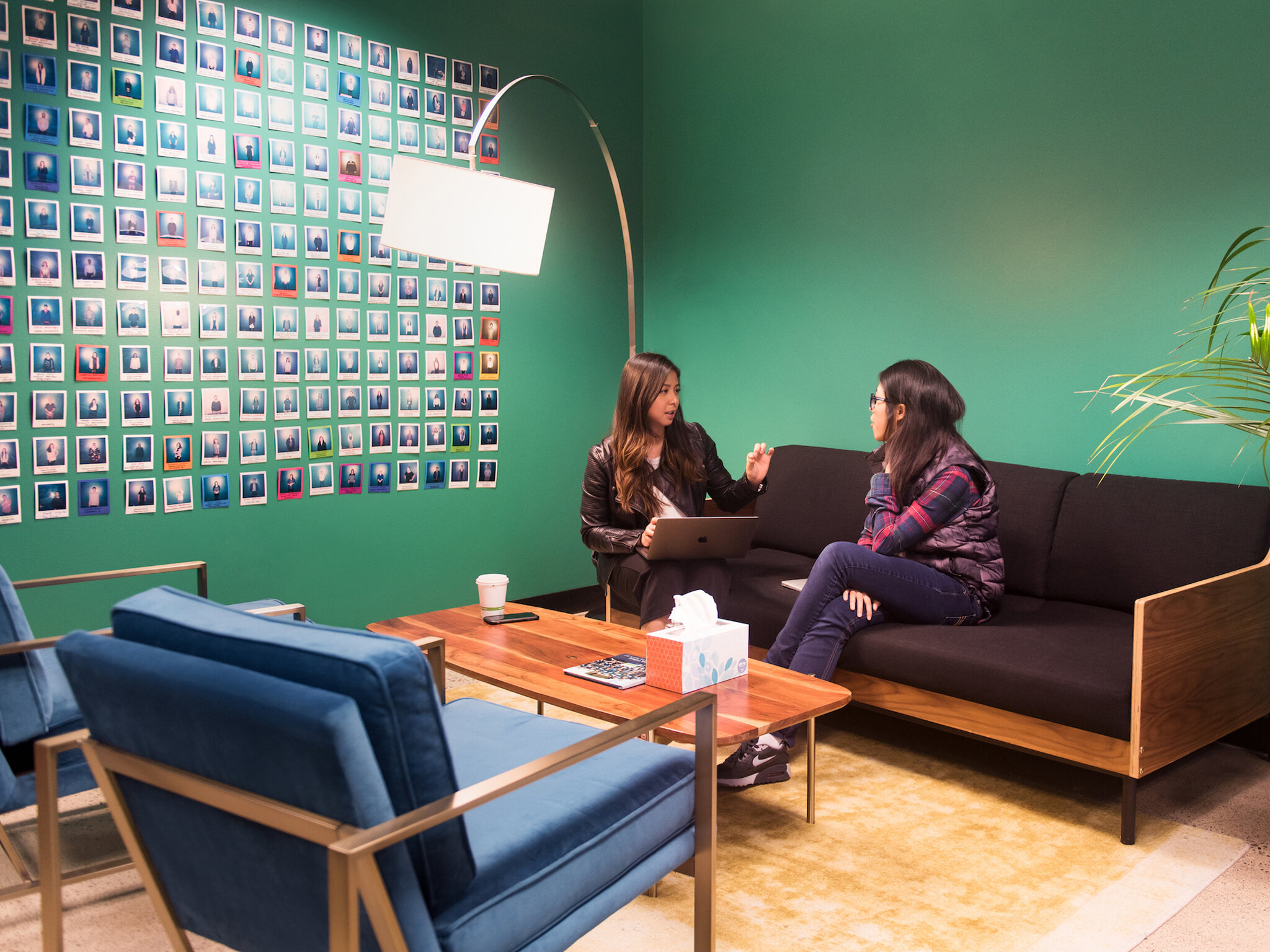

But Clover’s real problem lay beyond all of those challenges. The cold, hard business fact was that they weren’t getting the member growth they needed. They struggled with how to appeal to their prospective customers. And after several open enrollment seasons, they realized that they just didn’t know their customers all that well. Demographically, yes. Medically, for sure. But emotionally? Not so much. Why?
Well, Clover is essentially a bunch of hard-charging, go-getter millennials try to do the right thing for a bunch of retirement age baby boomers (all of whom live far, far outside the Silicon Valley bubble). So, yeah. Clearly, there was a disconnect. They had loads of data, but they didn’t have a lot of insight. They knew which of their ads performed best, but they didn’t know why. So, with the clock ticking, they called us in to help them construct a more holistic, more nuanced view of their audience before they went to market with their next big ad spend.

The Research
—
Help us get back in touch with what seniors actually care about.
Clover only operates in select markets, each of which have a unique healthcare landscape. So we took a whirlwind tour from New Jersey to Georgia to Texas to meet a demographically and economically diverse set of senior citizens and healthcare providers. This was one of our favorite research trips ever—and we were profoundly touched by both the fortitude and grace of the people we spoke to.
Recruiting seniors to talk about something as personal and emotionally fraught as their health was not without its hurdles. We found that, to get through their front doors, we had to build a deep rapport and trust with them. In some cases, we built relationships that endured. Little did we know then that we would continue to stay in touch with some of our interviewees long after the project ended. We know you’ll read this and yes, we’re talking about you, Bill.




Our consumer research consisted of hour-long interviews in the subject’s home (or local coffee shop) that often stretched long past their scheduled ending. We asked open-ended questions about what it’s like to be a senior today—how they feel physically and mentally, who they reach out to for help, and what their future plans look like. We met retired subway drivers, bedridden diabetes sufferers, well-to-do former executives, and energetic community organizers.
Our healthcare provider interviews occurred primarily at doctor’s offices and involved a range of staff members from office managers to assistants to the doctors themselves. We spoke to both small town, independent, primary care physicians and executives at metropolitan healthcare systems. Our goal was to understand how these different people in these different roles and contexts are similar and different, how they see the world, and how they make decisions.
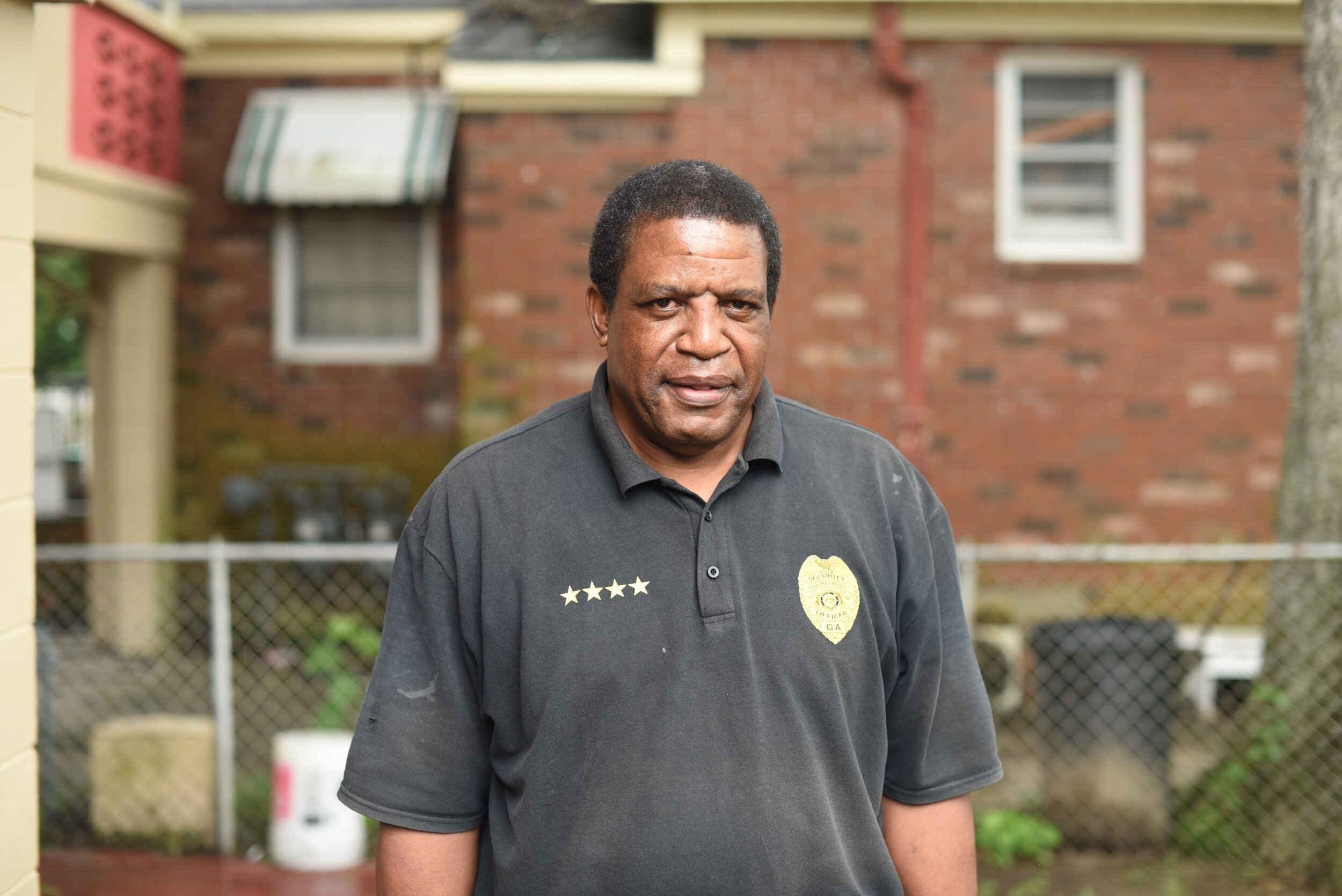



We prefer face-to-face, in-situ interviews for several reasons. Firstly, it puts the subject at ease. They are in a comfortable place and our interview immediately feels more like a conversation and less like an interrogation. Secondly, there are a lot of telling subtleties in a person’s home or place of business that become conversation starters and help us understand their worldview better. Finally, and perhaps most importantly, a face-to-face interaction is really the best way to capture someone’s full attention, make a connection, and to get them to open up about their real feelings.

The Insight
—
People just used to be more…courteous. What the heck happened?
Our goal with any project is to develop insights at multiple levels. Obviously, by talking with consumers directly, we’ll uncover some small explicit needs. But consumers aren’t very good at inventing the features they wish they had. They are, however, good at describing how they want to feel. After talking to a handful of people, a set of common themes always bubbles up. In this case, we found some profound insights that helped the entire team at Clover—from Marketing to Product to Support—better understand what it’s like to be a senior today. We uncovered some surprising tidbits regarding this generation’s relationship with technology and the internet. Finally we found that people’s ability to navigate the healthcare system was correlated with other non-obvious lifestyle markers. Overall, we introduced a group of real seniors, with all their quirks, passions, and pains to the team at Clover in a way that celebrated their humanity, individualities, and commonalities. We brought real people (not personas) into the room, and worked with the Clover team to suss out how best to show up for them in more meaningful ways.
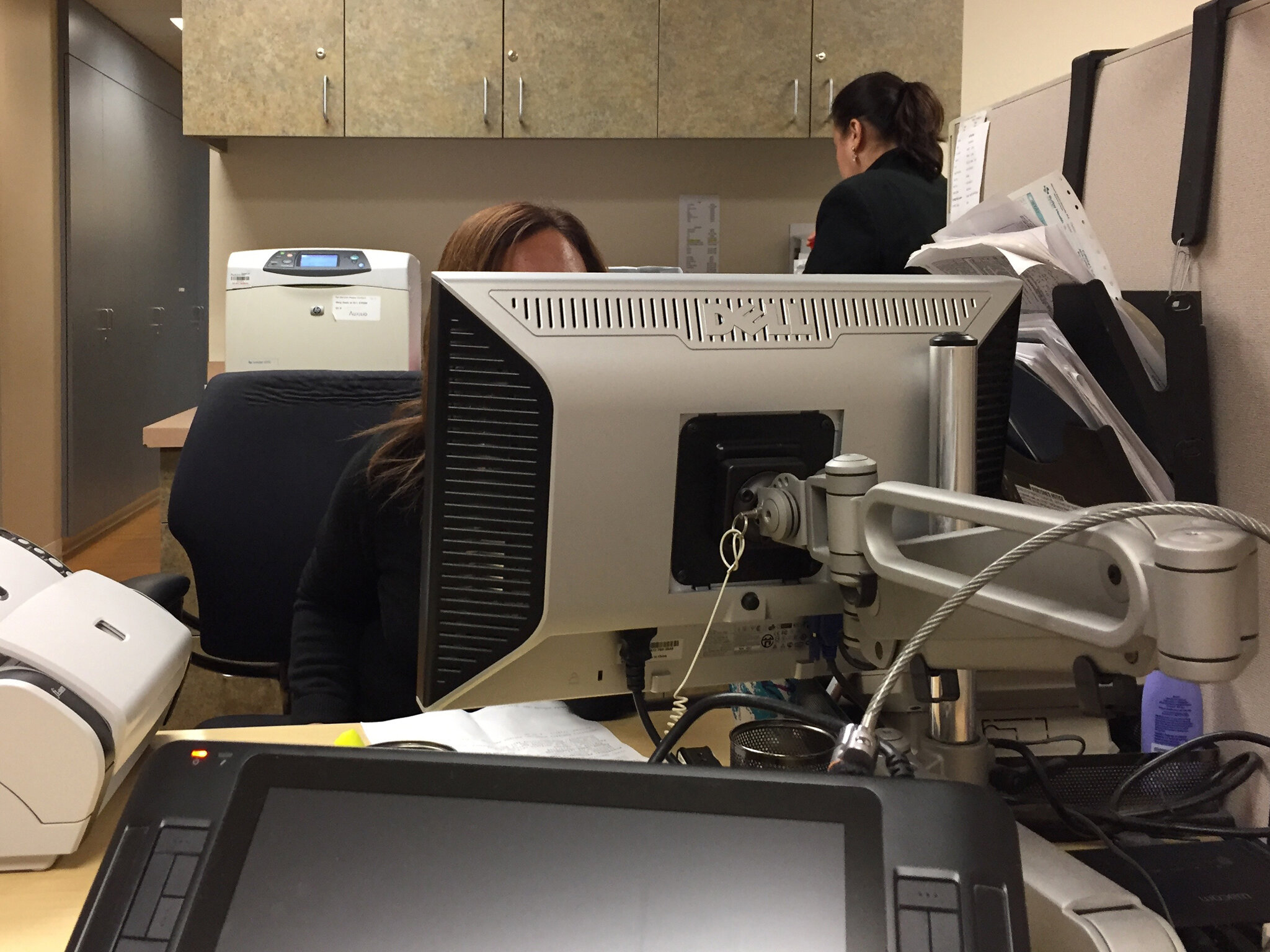

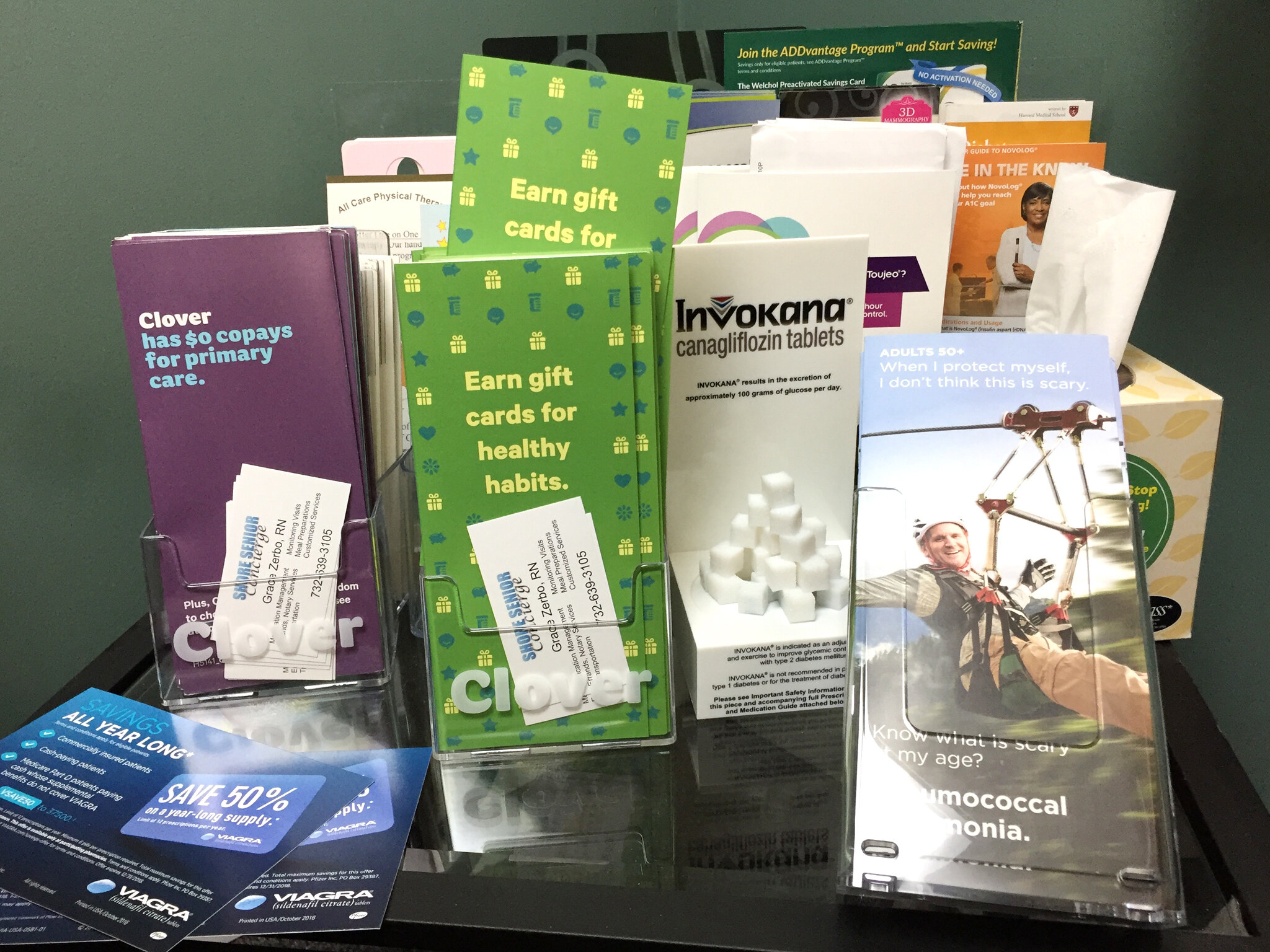

The healthcare providers we spoke with gave us an inside view of what it’s like to practice medicine in today’s rapidly consolidating marketplace. We found that while the days of housecalls are gone (actually, they’re not totally gone just yet), the underlying mission of individuals practicing medicine hasn’t changed a bit. Doctors, nurses, physician’s assistants, even front desk staff, chose this career because they want to help people. So many of the seemingly contradictory decisions they make are based on this fact. Our findings helped Clover dig below the business level of running a doctor’s office to give them insight into how doctors feel, and how they make decisions about their practices.




“Sequitur helped us give voice to unstated, intrinsically felt values. That’s really hard. But from that foundation, we were able to align on ways to unexpectedly express our brand in everything we do. If you’re looking for that level of strategic alignment, then Sequitur is the right place to start.”
Wendy Nguyen, Head of Growth Marketing

The Work
—
Doing Hank a solid.
Sometimes the right question is more valuable than the right answer. So our first step once we completed our research was to begin socializing the findings with various teams inside Clover. Marketing, Product, Customer Service, Data Science, and Leadership teams each made time to sit down with us, dig into what we heard, and grill us with tough questions. This helped everyone on the inside begin to align around a more realistic, fully-rendered portrait of the customer and home in for further avenues of inquiry. One of our favorite things to see is when our clients begin talking about our interviewees on a first name basis—and start asking themselves how certain strategic decisions might feel to “someone like Hank.”



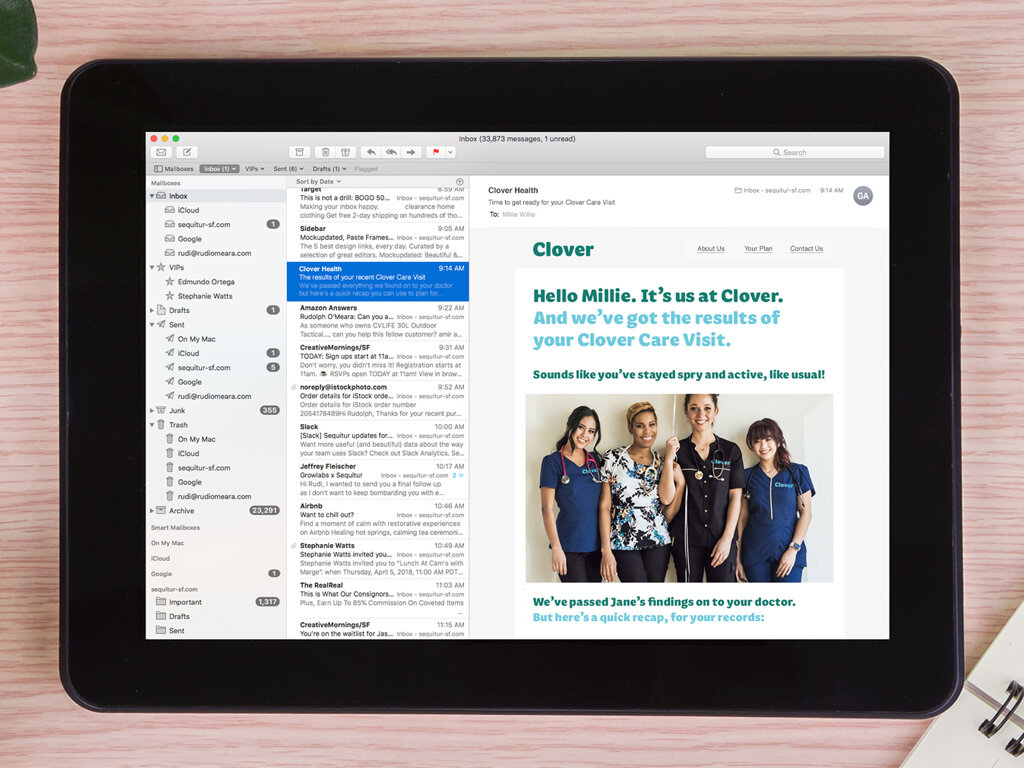

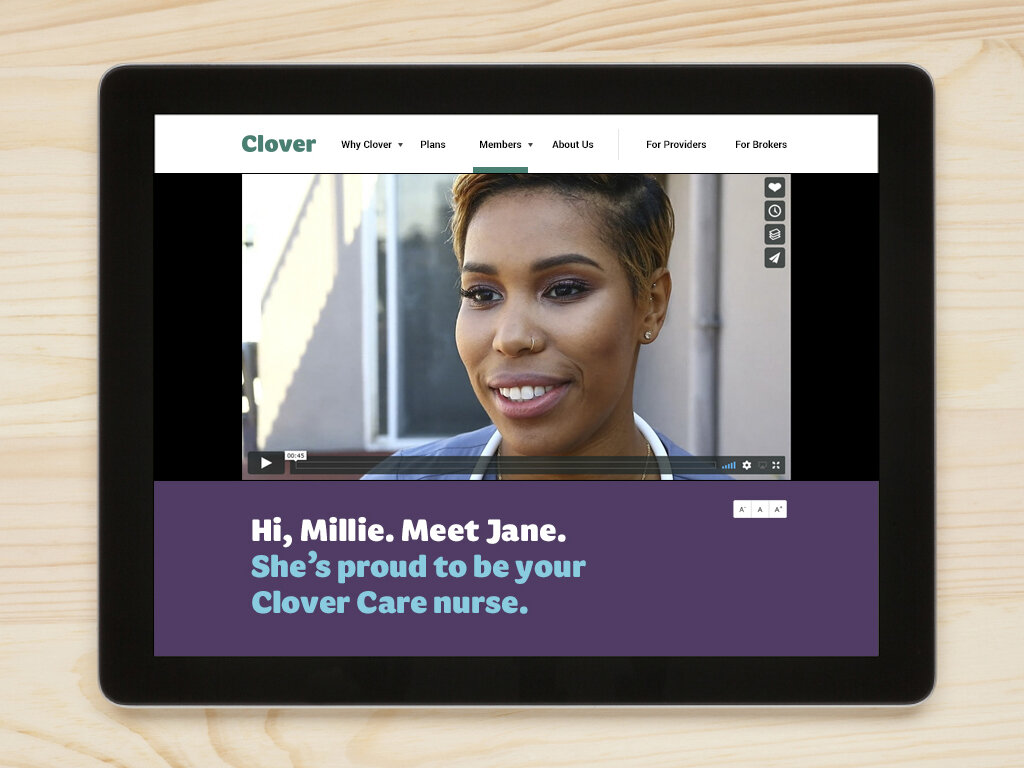



Socializing the work is fun, but the next (somewhat more strenuous) step is to synthesize Clover’s internal institutional knowledge with our new findings. In this case, because Clover desperately needed a foundation to support their marketing push, we created a messaging framework that could be used in everything from advertising to direct mail to member ID cards. The trick is to encapsulate the value proposition in a way that the people we talked to would understand and react well to.


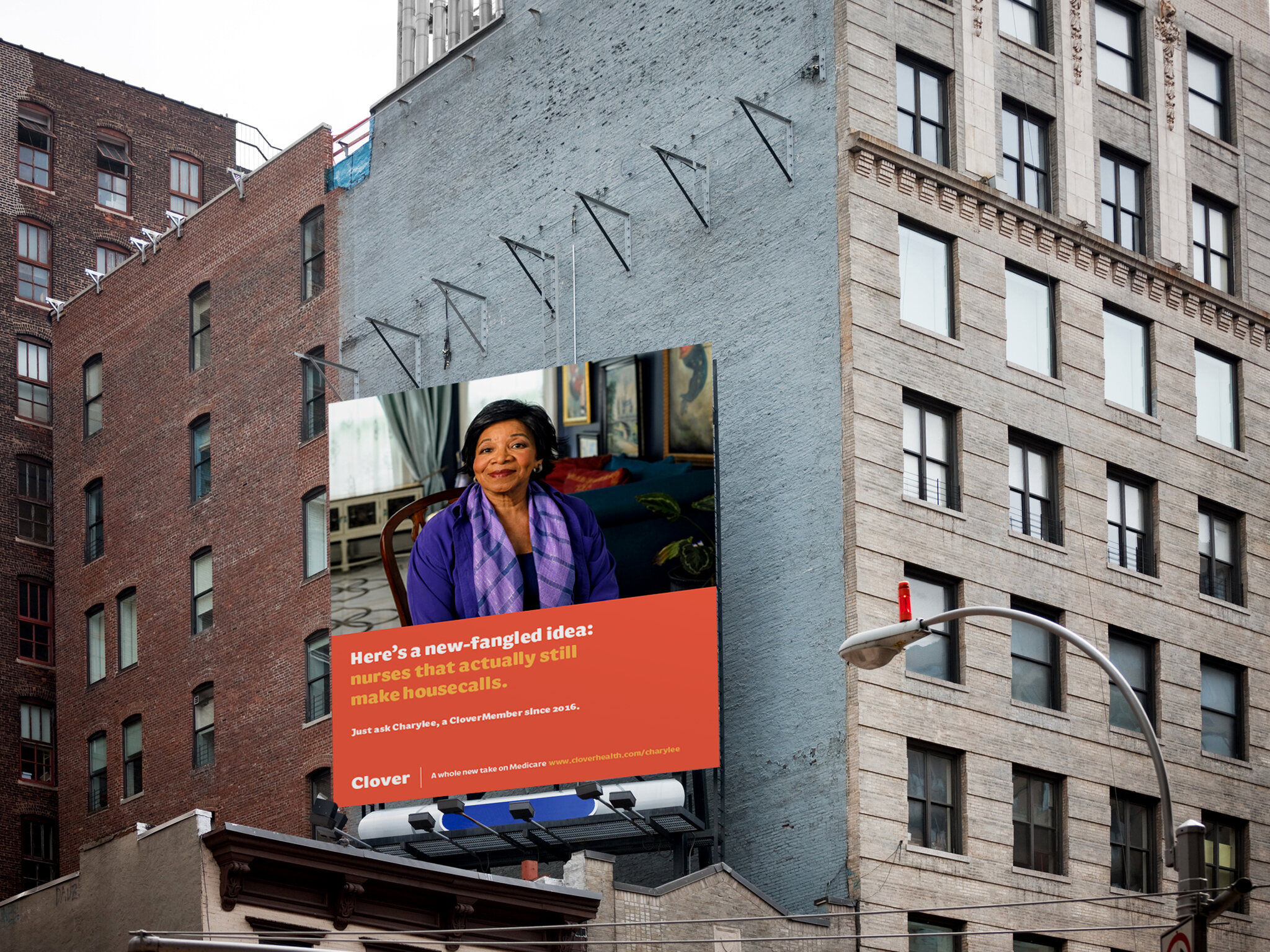

The Ending
—
Making good on the promise.
With that framework in-hand, and with some ongoing directional encouragement from us, Clover’s marketing team was able to create an incredibly diverse set of deliverables that resonated with their audience(s) and stood out clearly from standard cavalcade of clichéd tropes (you know: skydiving, weightlifting, marathon running octogenarians fresh from their fifteenth stock photoshoot). The language we used was simple, clear, and to the point, to mirror our interviewees’ style. The type was large (because it can never be big enough for a 75 year old) and the colors were vivid and bold (just like all of the big-time personalities we had the pleasure of meeting during our barnstorming research).
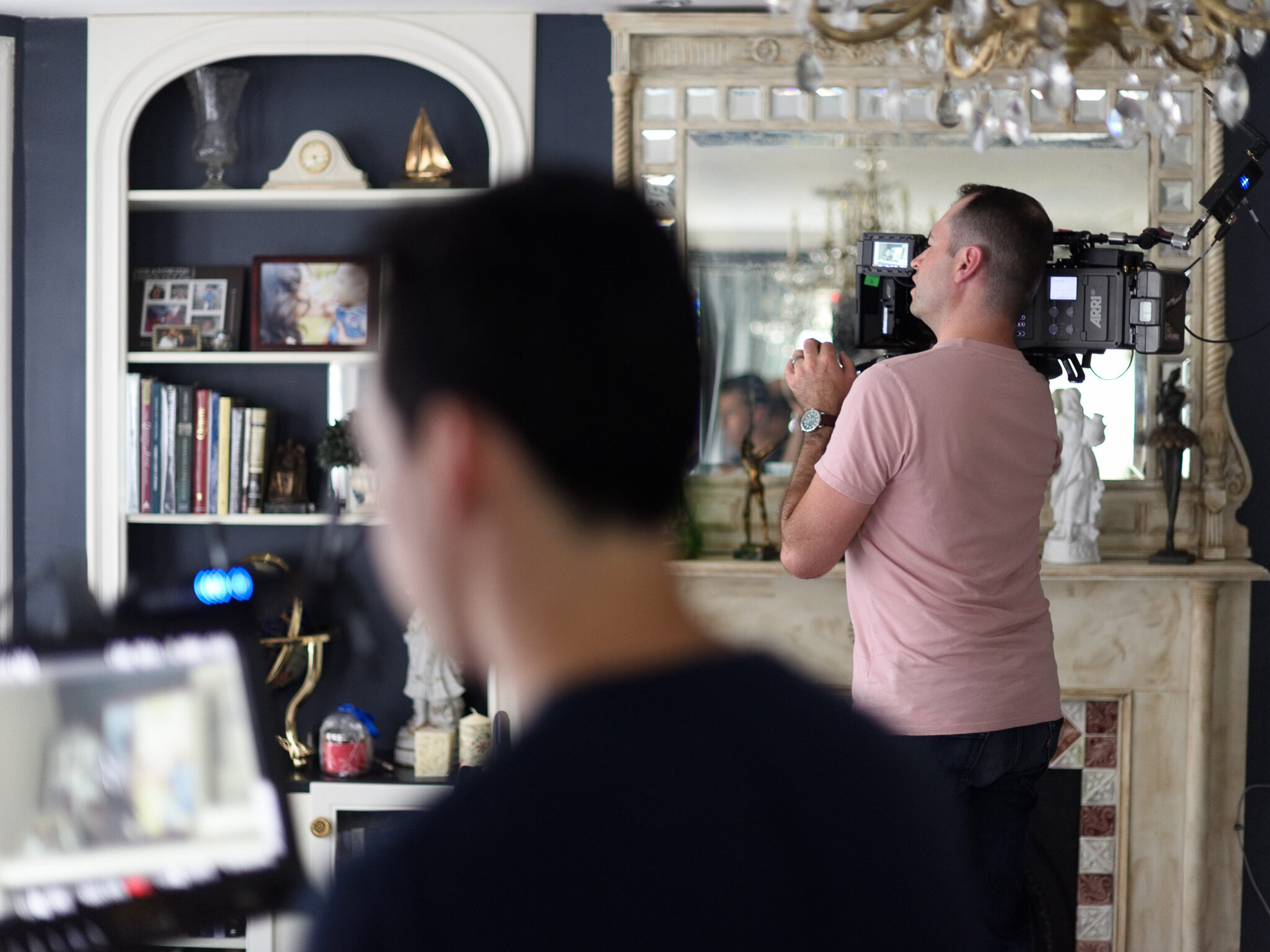
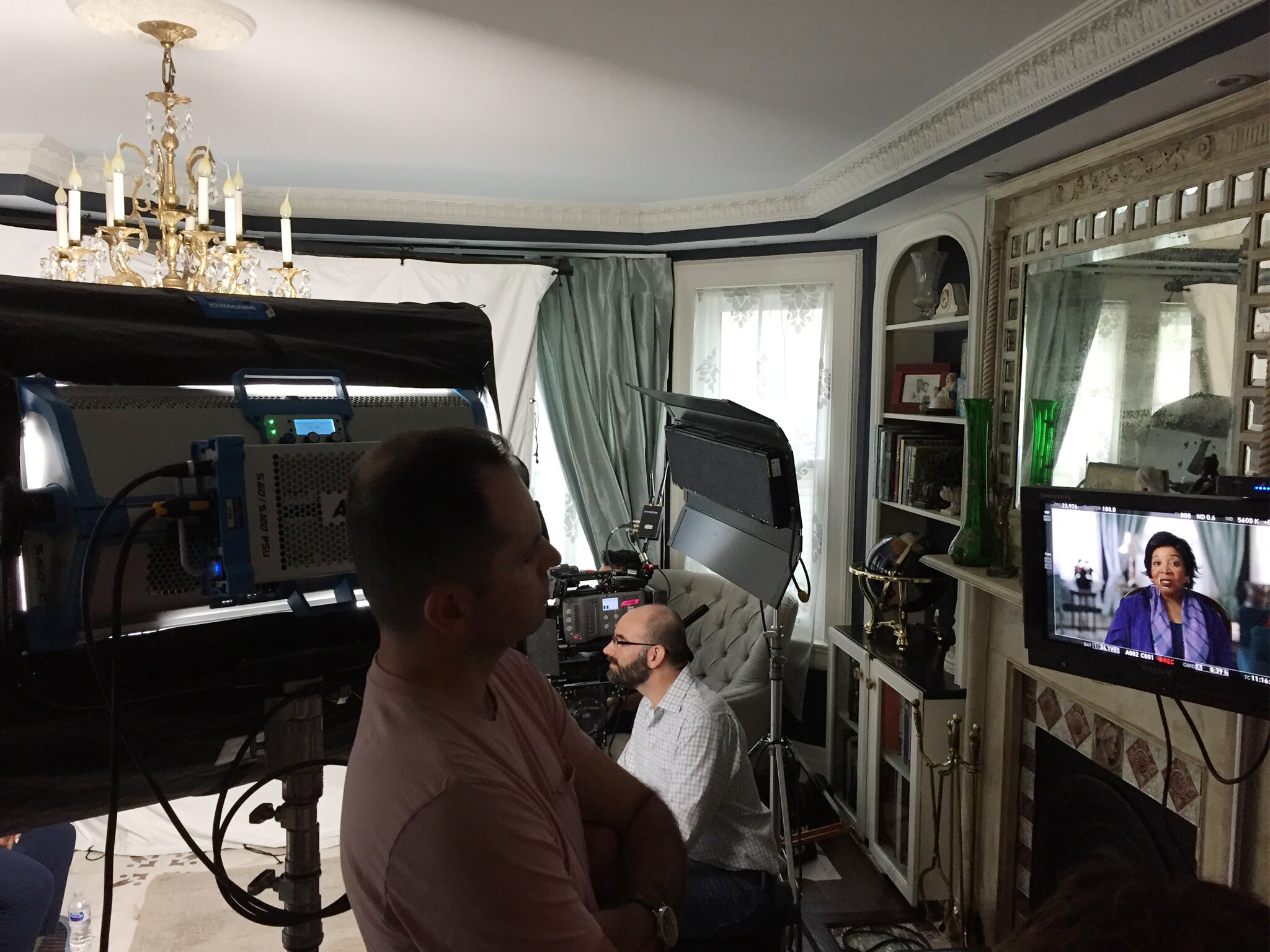
And, finally, we produced a documentary style video highlighting a real customer’s experience with Clover. The aim with the video was to bring a real customer story to life for Clover employees and, at the same time, set a solid benchmark for how to tell the Clover story out in the real world.
Added bonus: getting to know Charylee—literally the highlight of our year.
Meet Charylee Wood
Clover Member Since 2015
What We Did

